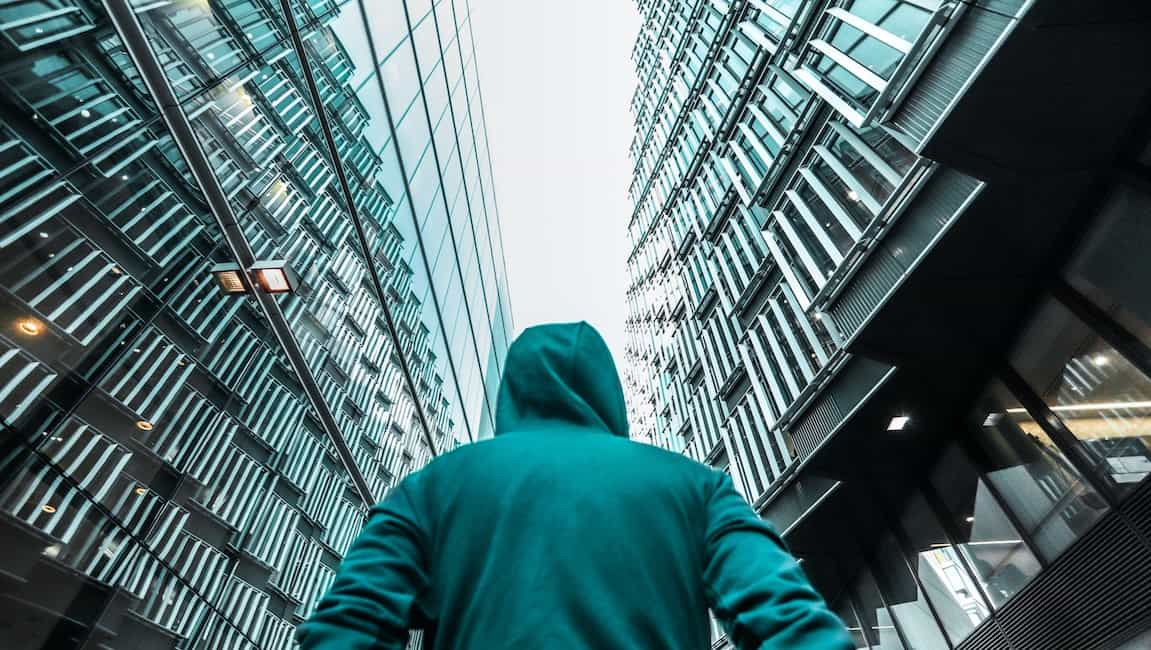The Future Is Smart Buildings. The year 2020 will go down in history as a time when the world made a significant turn-around in many sectors of our lives. This year will be unforgettable for us and future generations to come. It will mark it as the turning point when society adopted new social norms.
The novel coronavirus pandemic that the world is currently battling has exposed weaknesses that were existent in the past, and within a few months, the virus has spread to almost all countries in the world, infected millions and killed hundreds of thousands.
Adjustments due to the Covid-19 Pandemic
In a bid to reduce the rapid spread of the pathogen and protect the wider population, government authorities have put strict measures. People have been advised to keep social distance protocols, and gatherings in public spaces have been banned until further notice. Buildings that remain open now have to screen whoever enters their premises.
Regular handwashing and sanitizing with alcohol-based sanitizer is now something most people do multiple times a day. Facemasks are mandatory if you want to go out in public in most countries now.
Countries hit hard have issued a mandatory stay at home order, and some have imposed curfew hours. Lockdowns and social distancing protocols have affected many areas of our lives, forever changing how we conduct business.
Many businesses have shut down their operations. The few who have tried to endure these tough times have taken cutbacks in revenue and daily throughput. The pandemic did not spare the job market, leaving many people without jobs. For the lucky few that have kept working, companies have slashed salaries by a significant percentage.
Working from home becomes the new normal, forcing traditional physical offices where colleagues met and conducted boardroom meetings suddenly become obsolete.
Corporate meetings now have been moved to the virtual space with teleconferencing sites and applications becoming popular, like Zoom, Google Meet, and more. Schools have been shut down, and now students have to learn remotely from home.
The agony of working from home
For the vast majority, working from home seemed a good move at first. An end to the tiring journey, to and from the office daily, and dealing with traffic congestion was a welcome move. However, the inconveniences of working from home have become evident and annoying after a few months.
Conducting meetings online requires all participants to have stable connectivity at all times. When one member loses connection or has weak internet connectivity, the conference has to be paused not to leave out others.
An interruption by children playing around the house and making loud noises is inconvenient and annoying. Washing machines and driers doing the family’s laundry are noisy and are in operation for hours on end. The vacuum cleaner humming in the background when you are in the middle of conducting meetings online with your work colleagues brings about inconveniences.
Your kids who are unaware of the situation might barge into your room when you are in the middle of an important meeting online and cause quite an embarrassment. Such inconveniences make one yearn for the office. Most people can’t wait to get back to pre-new normal operation where there is the separation of the work and home environment.
For some businesses, the human touch is vital to see through the business process. Take for instance, a company that sells commodities to clients. Putting the product online with a price tag might see you lose potential sales.
The customer has to inspect the item in person and then try to negotiate for an agreeable price. In such a transaction, a face-to-face meeting is vital so that the salesperson can read the body language of the customer to do what is necessary to seal the deal.
Why we need smart buildings
The current situation with everyone at their home, and business shutdown, is not sustainable in the long run. We all have to come to terms with the fact that life as we knew it might never be feasible to go back to.
The lesson that we have all learned about how fragile our systems were, and how everything can be rendered useless in just months cannot go unnoticed.
Moving forward into the future, we need systems that take into account the existence of rapidly spreading pathogens that have no cure and innovate ways around which, we can still conduct business, educate our children, and live a productive life without putting ourselves and our loved ones at risk.
The smart building industry offers solutions that are both applicable and innovative. These solutions enable us to find a workaround to the highly contagious pathogens.
Application of these solutions will allow businesses to get back to normal operations while still observing social distancing measures and offer a safe working environment by implementing the construction of healthy smart buildings.
Read more about “The Impact of Covid-19 Crisis to Digital Twins Technology”.
Smartphone integration into devices
Our smartphones will play a vital role in the futuristic smart buildings.
Access controls at entrances and exits will sport intelligent devices that can communicate with your smartphone to open doors, elevators, smart gates, and desk drawers. This will eliminate the need to touch the surfaces with your hands.
In an elevator, each phone will have a unique identification, and all you will do is dial the floor you want to get off on your phone.
Vending machines will also have voice recognition to enable you to order without punching buttons.
The payment system will also be cashless, which will reduce one surface from being touched by multiple hands.
Widows and curtains will be smart devices with the ability to control drawing curtains, opening and closing windows through an app on your phone.
Smart air conditioning
Smart air conditioning devices that can filter and eradicate pathogens such as bacteria, viruses, and allergens will monitor airflow in buildings. These were implemented in most government buildings after the tragic 9/11 incident in 1998.
The future will see the production of such smart air conditioning scaled up and commercialized for them to be put in every home, office, or school.
Smart cleaning
The clean-up process will be improved with robots currently used only in hospitals becoming available for domestic use.
The robots are more efficient and will be enhanced to properly sanitize the environments they will be cleaning.
The aim will be to reduce human touch, and the efficiency that comes along with the use of robots will be a plus.
Smart devices in offices
The office as we know it today will be outdated. Social distancing regulations will only allow a limited number of individuals in one room at a given time.
A smart office in the future will have real-time reporting tools that will monitor the number of individuals in one place.
A management protocol will see an entrance that automatically restricts access to any more people once the office is filled to the allowed capacity.
There will have to be fewer people in your steel building office for one to be allowed in, than the set limit.
Sitting space will be observed and monitored by smart devices that will prompt an alert such as a beeping sound or an indicator light to inform individuals when they breached the limits of social distancing.
Futuristic entrance monitoring
Entrances to commercial buildings, schools, colleges, and universities will have non-invasive scanners that can scan for temperature without the human touch.
Body searches will be a thing of the past, and in place, the x-ray scanners commonly used in airports will be customized for use in buildings and office spaces. Should the scanners identify a potential victim of a highly contagious pathogen such as Covid-19, they will be separated and isolated.
Smart devices like a smartwatch linked to their phone will enable authorities to trace the person’s travel history. They will allow tracking of contact persons the potential victim had in the recent past.
Geo-location data collected by smart devices will enable tracing locations that the person has been to recently. The people in those areas will be notified about the risk of potential infection.
Such measures will allow containing the spread of pathogens in the future more easily and attainable.
Apartment buildings of the future
Living apartments in the future will also have to abide by the regulations of social distancing and proper hygiene observation.
Living space design will have smart monitoring capability in real-time and alert when the room has occupants over the allowed number. Main entrances to shared apartment buildings will have screening monitors and temperature screening devices.
Homeowners will have to up their cleaning and garbage management systems and offer tenants systems that limit human interaction.
Smart Steel buildings will incorporate geo-location tech to monitor the location of occupants. In case of emergencies, the responder teams will have an easy time identifying the location of all occupants in the building. This will see more lives saved as a result.
Gyms
Keeping fit by working out in the future will see rudimentary changes as well. In particular, the gym will have to limit the number of people who can use it at the same time.
Members who have subscribed to a gym in the future will have an app on their phones that alerts them when the gym has a vacancy and is available for use.
Gym equipment will have innovative methods to sanitize the equipment after use by every person. Such inconveniences will see people opt to have private gyms at home and work out from there to avoid the public gym.
Conclusion
The tough times have placed the whole world to an almost screeching halt. We hope that the future is promising and that the smart building industry will offer solutions as quickly as possible. The current situation has seen many people suffer and burn through their savings within a short time. We need solutions that work, and that see we go back to normal operations as soon as possible. Time has come for the experts in the building industry, to combine efforts and implement solutions, which will give us Healthy Smart Buildings for us to live and work in, while at the same time keeping safe.
Article originally published at Connectedremag.com



